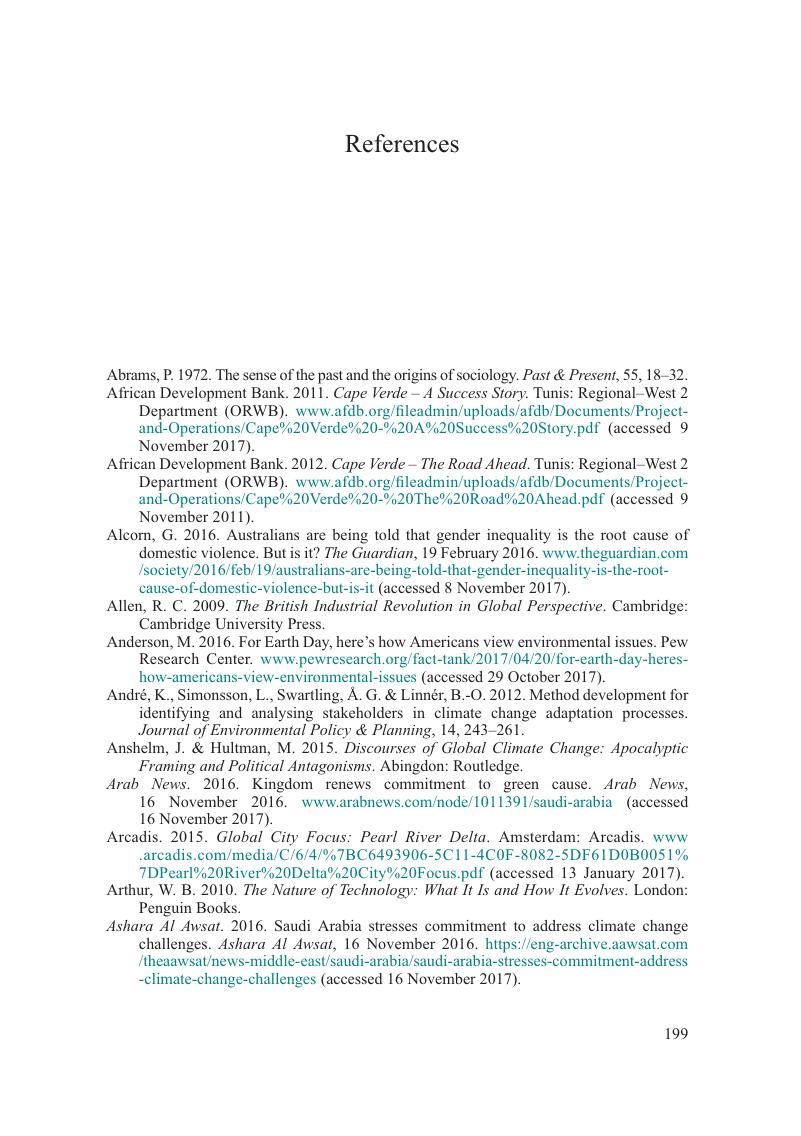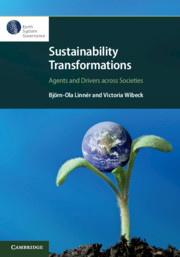Book contents
- Sustainability Transformations
- Series page
- Sustainability Transformations
- Copyright page
- Dedication
- Contents
- Preface
- Acknowledgements
- Abbreviations
- Part I Making Sense of Transformations
- Part II Varieties of Transformations to Sustainability
- Part III Manoeuvring in a Multi-transformational World
- References
- Index
- References
References
Published online by Cambridge University Press: 27 September 2019
- Sustainability Transformations
- Series page
- Sustainability Transformations
- Copyright page
- Dedication
- Contents
- Preface
- Acknowledgements
- Abbreviations
- Part I Making Sense of Transformations
- Part II Varieties of Transformations to Sustainability
- Part III Manoeuvring in a Multi-transformational World
- References
- Index
- References
Summary

- Type
- Chapter
- Information
- Sustainability TransformationsAgents and Drivers across Societies, pp. 199 - 225Publisher: Cambridge University PressPrint publication year: 2019



